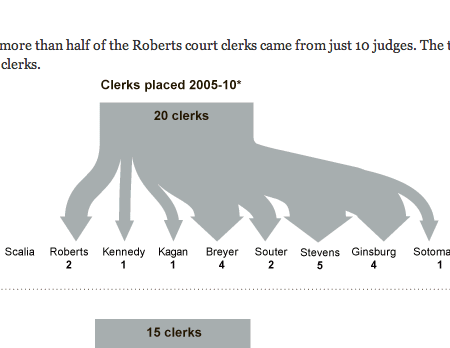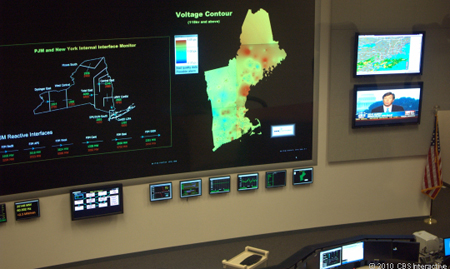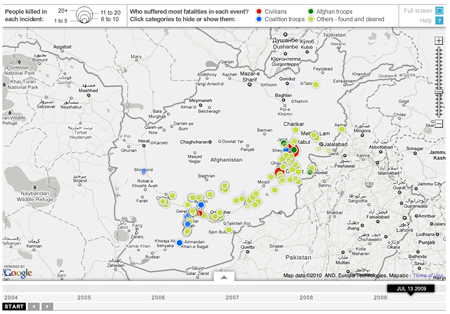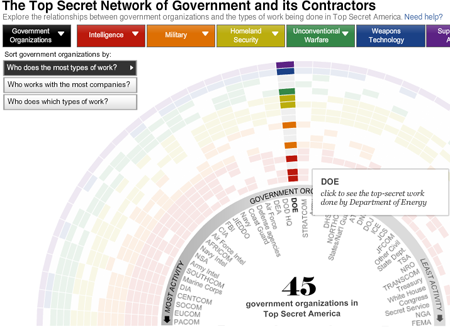This comes from an older article in the Philadelphia Inquirer, but it is new to me. Anyway, it looks at a proposal for high-speed rail in the United States, specifically along the Northeast Corridor, the Washington to Boston route that includes Baltimore, Wilmington, Philadelphia, and New York. Anyway, go figure that we still have trains that run at a snail’s pace, even Acela has a low average-speed.

A proposal from a group out of Penn makes for an interesting debate, specifically in Philly a real high-speed route would require boring underneath most of Philadelphia to bypass 30th Street. Perhaps revitalising Market East—depending on how exactly the route would interact with the commuter tunnel currently in place.
The graphics are simple, basically an annotated map. But the variations in stroke weight and colour help bring contrast to the routes when looking at the entire proposal whereas the proposed route in Philadelphia has little overlap and could have made due with a single stroke. Another interesting piece is beneath in the comparison between travel times from Washington to Philadelphia, from Philly to New York, and New York to Boston. Without looking at cost—thought the article’s second page or graphics does that—we can clearly see that a dedicated high-speed rail system would make it even easier to travel between cities for short holidays or even day trips. Let alone business trips.









